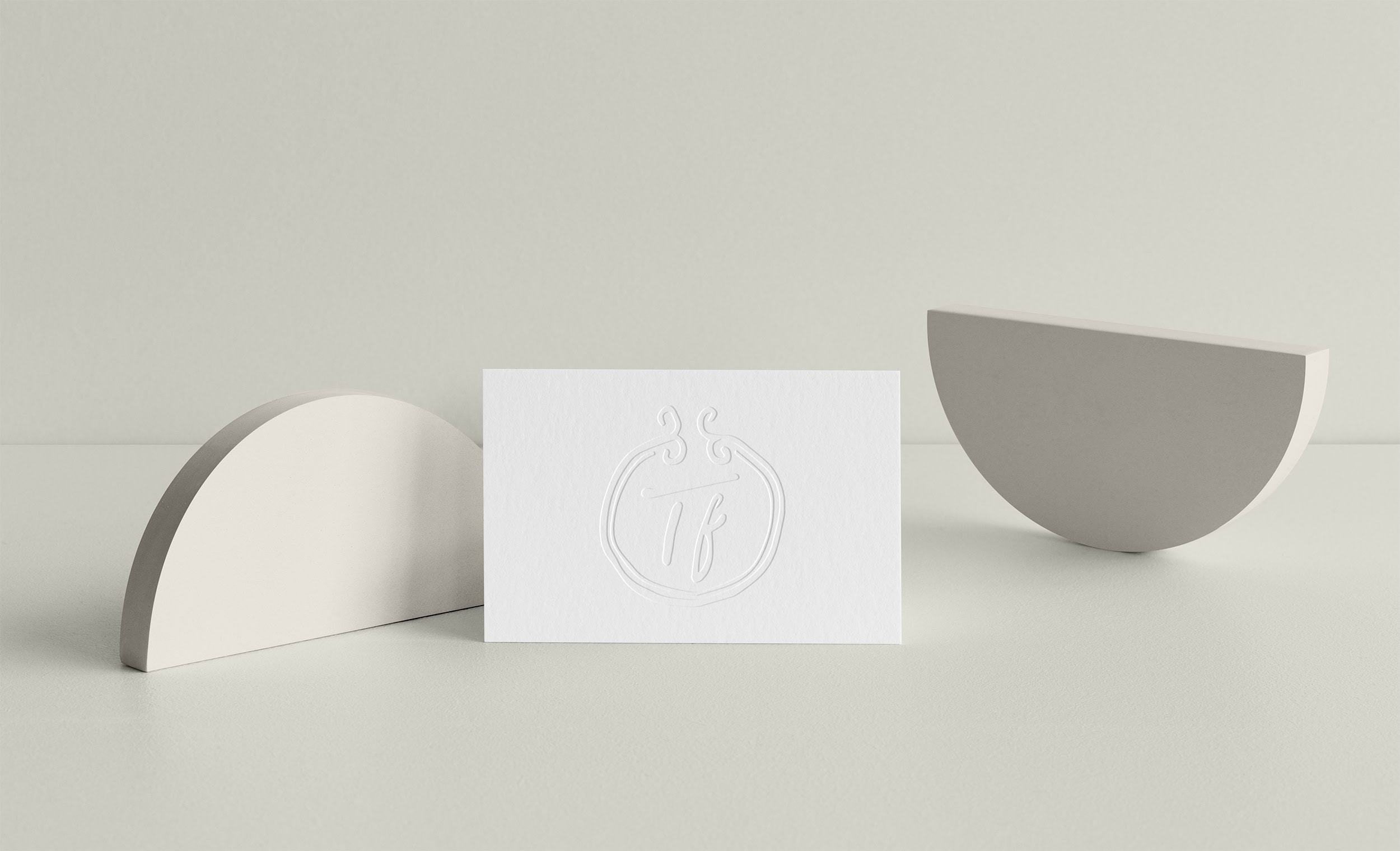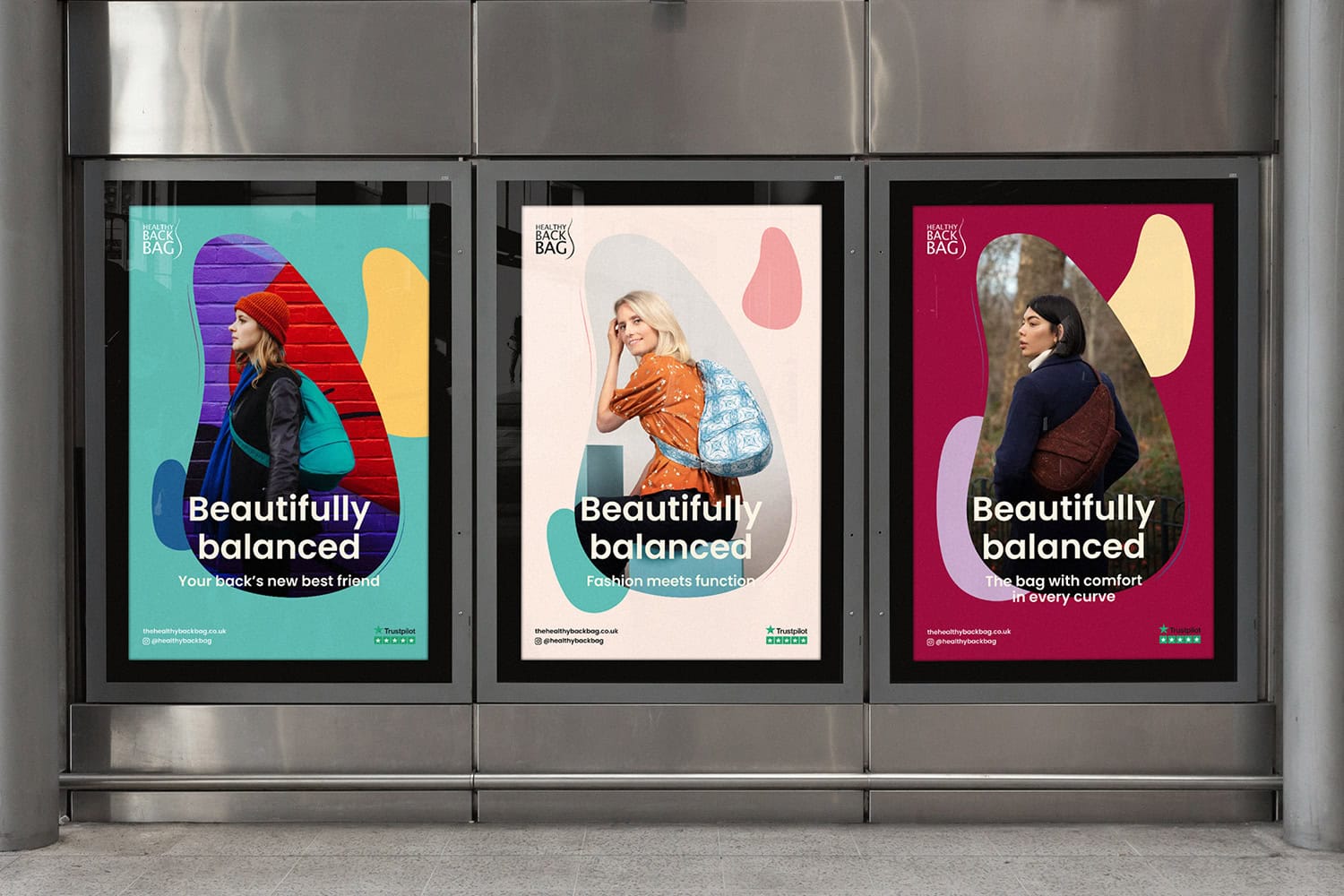Brand & Identity
Through exceptional design and engaging content, we help you tell your story in a way that connects with your audience and reflects your brand’s unique essence.
01
Brand
Identity
We craft distinctive brand identities, incorporating logos, fonts and colour schemes, to tell your story and enhance your platform.
02
Brand Design
System
Keep your brand fresh and familiar with a design system that ensures a consistent visual identity across platforms.
03
Brand
Guidelines
Say goodbye to mismatched fonts and blurry logos, and showcase your brand with clear, detailed guidelines that highlight its best qualities.
04
Brand
Naming
All in a name? Pretty much. Our team of creatives helps you find the perfect moniker for your business.
05
Brand
Voice
We work with you to define your brand voice so you can speak to customers with clarity and conviction.
06
Branded
Stationery
Make a great impression on clients (and would-be ones) with elegant letterheads and business cards designed by March.
"Working with March on our rebrand has been nothing short of phenomenal. They’re a class act that are friendly, considerate, and real craftspeople. Their development of the Ones & Heroes™ brand included helping us to focus and articulate our vision and values for the business, and the result is an exceptional reflection of that."
Patrick MazzottaDirector and Co-Founder
Ones & Heroes
Ones & Heroes
"Connect required a rebrand and new website that would represent our growth into more executive and international markets. March understood this brief and delivered to the highest quality. We would fully recommend March to any company looking to take their branding to the next level."
Andy NaylorDirector
Connect Search
Connect Search
"We receive such great support and guidance from March. They are approachable, kind and considerate in the way that they work, and really helped us articulate our message, which is especially important given the sensitivity of the topic of mental health."
Jodie CarissFounder
Self Space
Self Space
I contracted March to revamp my brand identity with the whole experience being absolutely first class from start to finish. Past designers I worked with could never fully crystallise my vision. March, however, have taken my vision and brought it to life exactly as I pictured it and have enhanced that vision!"
Debbi ClarkPhotographer





